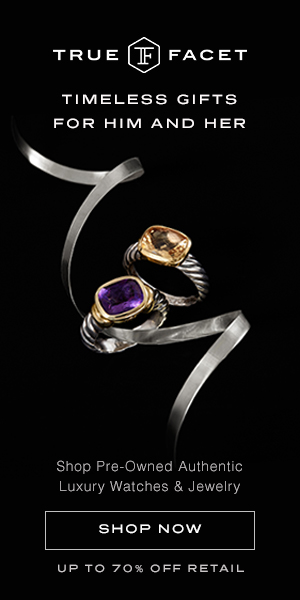Chopard and the Palme d’Or: A Retrospective
The Cannes Film Festival’s Palme d’Or is considered one of the most prestigious awards in the film industry and a strong predictor of who will take home the equally illustrious Academy Awards’ Oscar. Here we take a look at how the design of the award has evolved over the years into the Palme d’Or’s distinct modern design, created by Chopard.
The Early Palme d’Or Award Design
The Cannes Film Festival began in 1946. Initially, winners received a “Grand Prix” in lieu of the traditional awards statue or plaque we know of today. The Grand Prix was a piece of modern art, designed by a rotating contemporary artist.

Palme d’Or, Designed by Lucienne Lazon
In 1954, the film festival’s directors put out a bid to several jewelry designers, asking for award submissions that prominently featured a palm frond, a reference to the city of Cannes’s coat of arms and the tropical palm trees that line the Promenade de la Croisette, where the film festival is held. Ultimately, jeweler Lucienne Lazon’s design—which featured a palm frond set in a terracotta base—beat out the competition. Lazon’s Palme d’Or design was used until 1964 when the film festival temporarily resumed awarding a Grand Prix.
The Palme d’Or award design was reintroduced in 1975 and, by 1984, had a noticeably modified shape; the base of the award went from a rounded triangle to a severe pyramid. In 1902, French jeweler Thierry de Bourqueney further modernized the Palme d’Or’s design, swapping out the terracotta base for a hand-cut crystal pedestal.
Chopard’s Inspiration for the Modern Palme d’Or
Chopard’s co-president and creative director, Caroline Scheufele, designed the current Palme d’Or in 1997, after admiring the former design in the office of Pierre Viot, who was then the director of the film festival. Viot invited Scheufele to refresh the Palme d’Or and Scheufele, a film lover herself, enthusiastically threw herself into the project.

Palme d’Or, Designed by Caroline Scheufele of Chopard
Preserving the award’s symbolic palm frond motif, Scheufele and the Chopard atelier sculpted a new frond with more movement, “as if [the leaflets were being] ruffled by a gentle breeze,” and a stem that subtly forms a heart at the base. The modern frond is made of 125 grams (or more than a quarter pound) of 18-carat fair-mined gold.
The most significant change Scheufele made was to the pyramid-shaped crystal base. She scrapped that rigid form in favor of a crystal, hand-cut in the vein of an emerald-cut diamond. Each crystal is unique and, in its raw form, weighs roughly seven pounds.
It takes Chopard’s seven craftsmen roughly 40 hours to complete a single Palme d’Or award.
2017 Palme d’Or Design
To celebrate the Cannes Film Festival’s 70th anniversary, Chopard upped the ante of its now signature Palme d’Or design. Chopard’s artisans gave the crystal base a “frosted” effect and added 167 diamonds to the leaflets of the frond to give it an extra dose of glamorous sparkle. True to Chopard’s standards, the gold used was 100% fair-mined and the diamonds were responsibly sourced through an ethical supplier, certified by the Responsible Jewellery Council.

This elevated take on Caroline Scheufele’s Palme d’Or award design is a spectacular tribute to the history of the Cannes Film Festival, the inspiring region, and Chopard’s premier craftsmanship.







